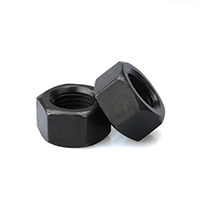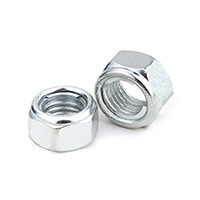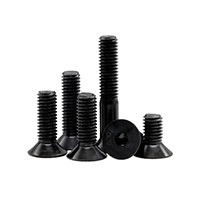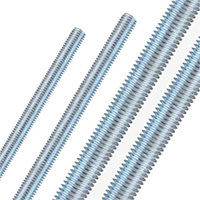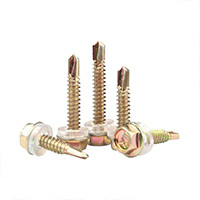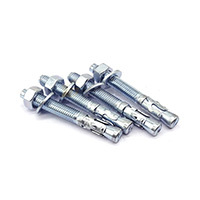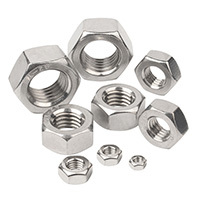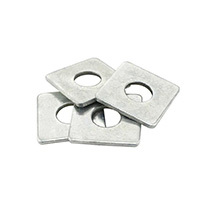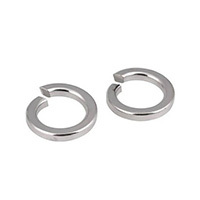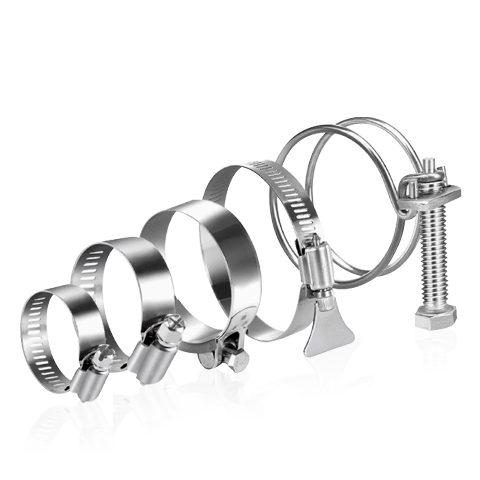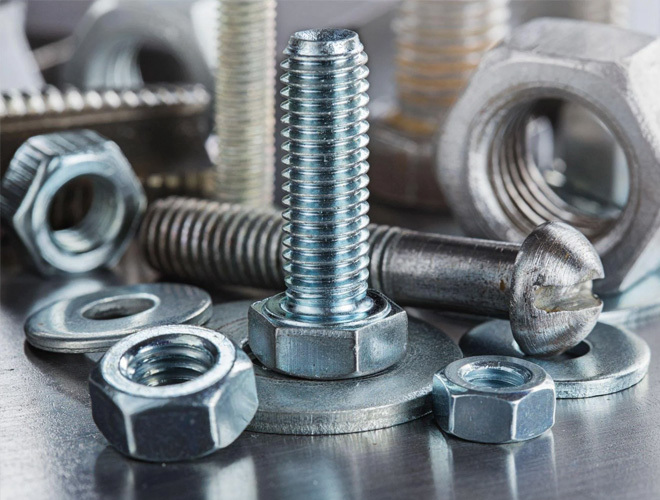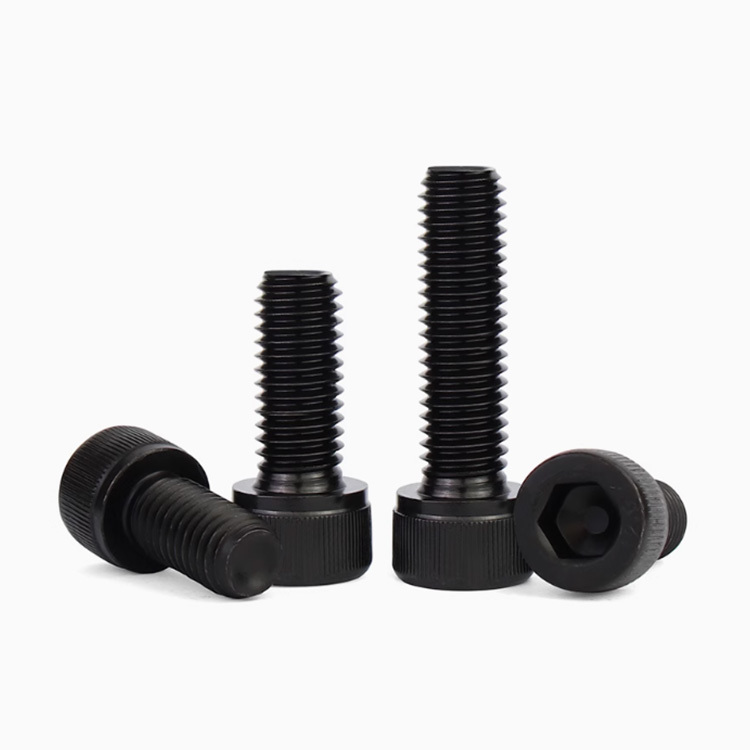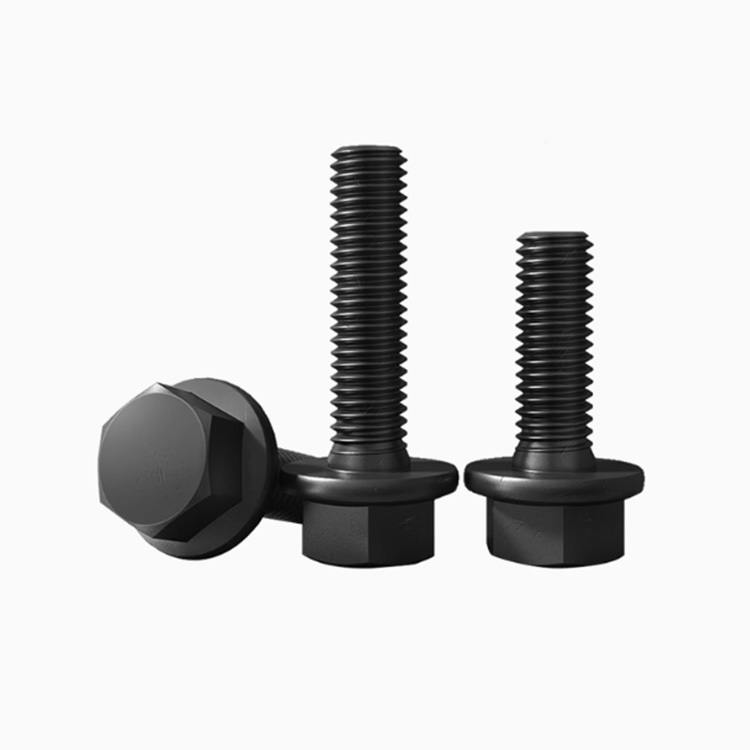How to Remove Expansion Bolts Safely and Efficiently: A Comprehensive Guide
Jul 21,2025
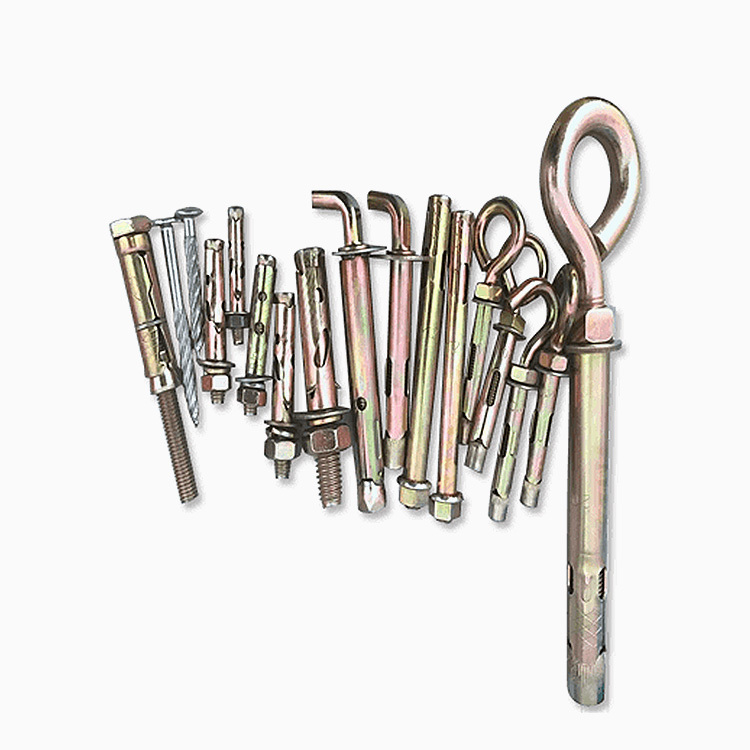
How to Remove Expansion Bolts Safely and Efficiently
Table of Contents
- 1. Introduction to Expansion Bolts
- 2. Understanding Expansion Bolts and Their Applications
- 3. Tools Required for Removal
- 4. Essential Safety Measures When Removing Expansion Bolts
- 5. Step-by-Step Guide to Removing Expansion Bolts
- 6. Troubleshooting Common Issues
- 7. Best Practices for Future Bolt Installation
- 8. Conclusion
- 9. Frequently Asked Questions
1. Introduction to Expansion Bolts
Expansion bolts, a crucial component in construction and industrial applications, are designed to anchor heavy objects to concrete or masonry. Their unique design allows them to expand within the material, providing a secure hold. However, there may come a time when you need to remove them—whether due to structural changes, repairs, or replacements. This guide will provide you with detailed information on how to remove expansion bolts both safely and efficiently.
2. Understanding Expansion Bolts and Their Applications
Expansion bolts come in various forms, including sleeve anchors, wedge anchors, and drop-in anchors. Each type serves specific purposes, such as fastening shelving, structural elements, or heavy machinery. Understanding these differences is critical for effective removal.
Types of Expansion Bolts
2.1 Sleeve Anchors
Sleeve anchors are versatile and can be used in various base materials. They consist of a threaded rod and a sleeve that expands when the bolt is tightened.
2.2 Wedge Anchors
Wedge anchors are ideal for heavy-duty applications. They feature a cone-shaped end that expands against the concrete, providing a strong hold.
2.3 Drop-In Anchors
Drop-in anchors are used for mounting fixtures to concrete. They require a setting tool for proper installation and removal.
3. Tools Required for Removal
To remove expansion bolts, you will need the following tools:
- **Socket wrench**: Essential for loosening the nut attached to the bolt.
- **Pry bar**: Useful for applying leverage when removing stubborn bolts.
- **Drill**: In cases where the bolt is damaged or stuck, a drill can help create a pilot hole.
- **Hammer**: A rubber mallet can assist in loosening the bolt without damaging surrounding materials.
- **Safety goggles**: Protect your eyes from debris during the removal process.
- **Work gloves**: Ensure a secure grip and protect your hands from sharp edges.
4. Essential Safety Measures When Removing Expansion Bolts
Safety is paramount when working with heavy-duty hardware. Here are some crucial safety measures to consider:
- **Inspect the Area**: Check for any hazards in the workspace, such as loose debris or unstable surfaces.
- **Wear Protective Gear**: Ensure you are wearing gloves and safety goggles to protect against injury.
- **Have a Plan**: Outline the steps you will take before starting the removal process. This minimizes the chance of accidents.
- **Ensure Stability**: Make sure that any structures or objects being supported by the expansion bolts are stable before removing them.
5. Step-by-Step Guide to Removing Expansion Bolts
Removing expansion bolts can seem daunting, but following these steps will ensure you do it correctly and safely.
Step 1: Assess the Bolt Condition
Before anything else, inspect the condition of the expansion bolt. Look for signs of rust, corrosion, or damage. If the bolt is severely corroded, it may be necessary to drill it out.
Step 2: Gather Your Tools
Collect all the necessary tools before beginning the removal process. Having everything on hand will save time and frustration.
Step 3: Start with the Socket Wrench
Use a socket wrench to loosen the nut on the bolt. Turn counterclockwise until the nut is free. If it's stuck, apply penetrating oil to help ease its removal.
Step 4: Use the Pry Bar
If the bolt doesn’t come out easily, insert a pry bar under the bolt head and apply gentle pressure. This will help to lift it out of the hole.
Step 5: Drill If Necessary
If the bolt is still stuck, drill a small pilot hole into the center. This will help weaken the bond with the surrounding material, allowing for easier removal.
Step 6: Tap It Out
Use a hammer to tap the bolt gently. This action may help dislodge it from the hole.
Step 7: Clean the Hole
Once the bolt is removed, clean the hole of any debris or rust. This will prepare the space for future installations.
6. Troubleshooting Common Issues
Even with proper techniques, you may encounter challenges. Here are some common issues and how to resolve them:
Issue: Bolt Breaks During Removal
If the bolt breaks, use a bolt extractor or continue drilling around the broken section until it is completely removed.
Issue: Corroded or Rusty Bolts
If the bolts are corroded, applying heat can sometimes help. Use a heat gun or torch to warm the area, which may expand the surrounding material and make removal easier.
Issue: The Hole is Damaged
If the hole is damaged, consider using a larger bolt or a different type of anchor to ensure a secure fastening.
7. Best Practices for Future Bolt Installation
To avoid complications in the future, adhere to these best practices when installing expansion bolts:
- **Choose the Right Type**: Select the appropriate type of expansion bolt for your application.
- **Proper Installation Depth**: Ensure that you install the bolt to the recommended depth for maximum holding strength.
- **Avoid Over-Tightening**: Over-tightening can cause stress on the bolt and surrounding material, making future removal difficult.
- **Regular Inspections**: Conduct routine checks on installed bolts to identify any issues before they become severe.
8. Conclusion
Removing expansion bolts does not have to be a daunting task. By following this comprehensive guide, you can ensure a safe and efficient removal process. Remember to prepare adequately, use the right tools, and adhere to safety measures to prevent accidents. With the right approach, you can handle any expansion bolt removal with confidence, making your industrial projects much smoother.
9. Frequently Asked Questions
What are expansion bolts used for?
Expansion bolts are used to anchor heavy fixtures to concrete or masonry surfaces securely.
How do I know if my expansion bolt is damaged?
Look for signs of rust, corrosion, or cracks on the bolt itself. If the bolt feels loose or moves when tugged, it may need replacement.
Can I reuse expansion bolts?
It is generally not recommended to reuse expansion bolts, especially if they show signs of wear or damage.
What should I do if the bolt won't budge?
Try using penetrating oil, applying heat, or drilling a pilot hole to weaken the bond before attempting removal again.
How can I prevent corrosion on my expansion bolts?
Consider using galvanized or stainless steel bolts, which are designed to resist corrosion, and apply protective coatings during installation.
Hot Tags:
Contact
E-mail:
Phone:
Address:
Yongnian Southwest Development Zone, Handan City, Hebei Province
PRODUCT SEARCH
Search And Quickly Find The Products You Need
The company has a modern production workshop and a professional technical team. It has introduced advanced automated production equipment from home and abroad, strictly controls every production link, is customer-centric, and is committed to providing customers with high-quality products and services.
Continue Search OR Customize Products



